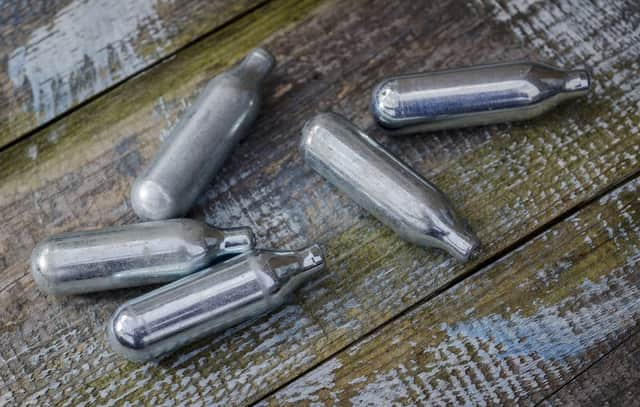Everything you need to know about party drug laughing gas - and if it's dangerous


Labour MP Rosie Duffield has called for tighter regulations on the sale of laughing gas - or 'nos' - after an increase in its use.
'Nos' is a shortening of nitrous oxide, sometimes referred to as laughing gas or 'hippy crack.' It's a colourless gas that is usually found in metal canisters.
Advertisement
Hide AdAdvertisement
Hide AdThe substance is sometimes used in medical settings - such as dentistry - to sedate patients. Restaurants also use the canisters in cooking, while in motor racing, nos can be used to increase engine power.
How is it used as a drug?
In recent years, however, nos has become a common party drug among young people, and is estimated to be one of the most popular among 16 to 24 year olds.
Nitrous oxide is inhaled, usually through a balloon. The canister is opened and the gas transferred to a balloon, which it is then inhaled from.
Inhaling the gas directly from the canister can be very dangerous, as the gas is under high pressure and can cause a spasm of the throat muscle, stopping a person breathing.
The effects - which are usually short-lived - are feelings of relaxation, euphoria and calmness, laughter, and sometimes hallucinations or sound distortions.
Some of the negative effects can be dizziness, headaches and paranoia.
Is nos legal?
While it is possible to purchase nos, it is illegal for someone to sell or give away canisters for recreational purposes, under the Psychoactive Substances Act.
However, the law around this is not steadfast. In 2017, a judge ruled that nos did not fall under the Psychoactive Substances Act, after two people were arrested carrying canisters of the gas en route to Glastonbury Festival.
Is it dangerous?
The risks associated with inhaling nos are hotly debated.
Advertisement
Hide Ad